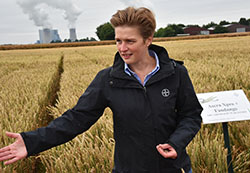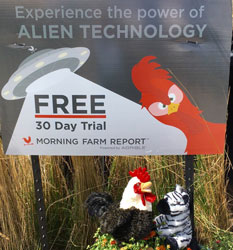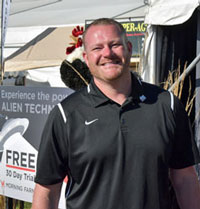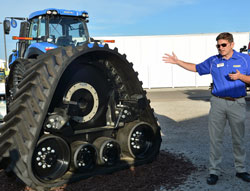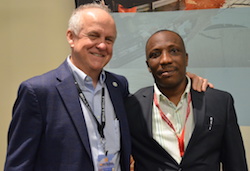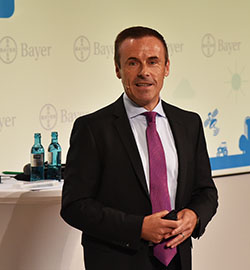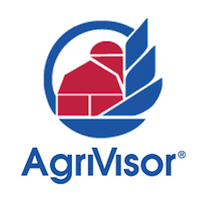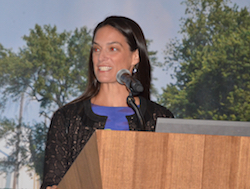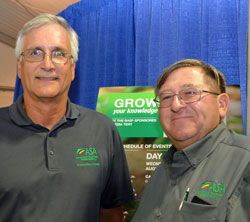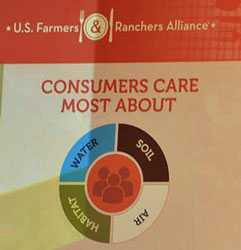 Sustainability is the biggest buzz word of the day when it comes to food. That’s why the U.S. Farmers and Ranchers Alliance (USFRA) has spent a lot of time this year researching just what sustainability means to consumers and their food choices.
Sustainability is the biggest buzz word of the day when it comes to food. That’s why the U.S. Farmers and Ranchers Alliance (USFRA) has spent a lot of time this year researching just what sustainability means to consumers and their food choices.
USFRA Randy Krotz says they found out that while there seems to be no consistant definition of sustainability, most consumers associate sustainability with four key areas. “We found out if you talk about air, soil, water and habitat, it connects with consumers,” said Krotz during an interview at Farm Progress Show last week. “They’re wondering what we as agriculturalists are doing that impacts the environment.”
The research finds that younger consumers in particular are literally hungry for information about food. “Millennials are looking for information at a rate that we almost can’t keep up with,” said Krotz. “We’ve got to be transparent, we’ve got to tell our story, and we need to do it because 75 percent of consumers are concerned about where their food is coming from.”
USFRA was sharing this sustainability research with producers at Farm Progress Show and providing training on ways to use it to create productive, positive dialogue about the industry.
Learn more from Randy in this interview: Interview with Randy Krotz, USFRA




